
DNA’s West Coast
Text and Photos by Rob Hawkins
Reality doesn’t always live up to appearances, especially when it comes to supercar replicas. That shouldn’t come as a surprise, since you have something that looks expensive, but costs a fraction of the genuine item.
Of course, there is another side to the replica coin. Some genuine cars are utterly awful to drive, and a replica is often much better.
For instance, consider the DNA West Coast. Its donor vehicle is the open-top Mercedes SL, known as the R230. Production of this donor car started in 2002 and ended in 2008 with new cars originally starting at £68,000 ($98K), rising up to over £145,000 ($208K) for the SL65 AMG model. Used examples now sell for around £8,500 ($12K) or more for non- AMG models, which sounds like a lot for a donor vehicle, but this is mass-production supercar territory. Using this car as a platform not only simplifies the registration process, but it’s is also available in several models that can suit various budget and performance levels.
The entry-level SL350 has a 3.7-liter V6 engine that produces a modest 245 to 272bhp, whereas the SL500 has a 306 to 388bhp 5.0-liter V8 and the SL600 range uses a turbocharged 6.0-liter V12, producing between 493 and 612bhp. Gearboxes are all five or seven speed automatics with programmable features and the suspension is self-leveling and air controlled. So the performance and specification of the donor is capable of matching (if not improving on) the exotic that the West Coast aims to replicate.
How about the fitment of the panels, the change in suspension geometry, the extra width and weight with wider wheels and fatter tires? These are often the dilemmas faced with panel kits where the size of the donor is enlarged with bigger panels, necessitating wider wheels, spacers and suspension modifications. The resulting ride quality often becomes harsh (although such problems can often be found on genuine supercars).
In the case of the West Coast, the donor Mercedes is reasonably wide at just a half-inch off six feet, whereas the West Coast has an extra 3.25 inches on each side. The new West Coast panels make up the extra 6.5 inches, along with 35mm deep wheel spacers on the front and 85mm spacers on the rear. DNA supplies 19- inch diameter wheels with their West Coast kit and fit 245mm wide tires on the front and 275mm wide rubber on the rear. Surprisingly, the West Coast is three inches wider than the car it emulates, and almost two inches longer, so it’s not an exact duplicate.
The parts that need to be removed from the SL to create a West Coast include the hood, front bumper, front wings, sill covers, rear bumper, door mirrors and all the exterior lighting. That black folding roof doesn’t need to be touched and in the case of the car seen here, its original paintwork hasn’t been touched either.
The West Coast kit consists of new door skins, a hood, trunk lid, a front bumper, two front wings, a rear clip with sill covers (separate on export models), A-pillar covers and trim for the windshield. Priced in the UK at £12,950 ($18.6K, see below for U.S. pricing), there’s everything you need to complete the conversion. Even the polyurethane injection-molded grilles and door mirrors are supplied, along with mounting brackets and uprated gas rams to lift the heavier trunk panel.
The only aspects of the build that require modification and surgery concern the lights and suspension. The lights (genuine items in many cases) needs to communicate with the Mercedes wiring loom, so plug and play wiring is supplied, which doesn’t require the use of a crimping tool or soldering iron. The original bodywork needs to be cut and modified to fit some of the front and rear lights, plus the rear arches need to be folded.
As for the suspension, this needs to be modified to alter the ride height to suit the West Coast, which is different from the SL. So adjustable drop actuators are included in the kit, which are a straight swap.
All of the West Coast panels are glued, screwed and bolted onto the SL donor. DNA has managed to complete a conversion in 160 hours, but estimates most people will take around 250 hours.
Looking around the West Coast, there’s no escaping the fact that it’s a large sports car. Supercar makers rarely make anything small and nimble these days. Instead, their cars have presence and aren’t designed for people with a single garage. The West Coast’s proportions look correct from all angles and the fiberglass panels cleverly disguise the traits of the Mercedes.
Sitting inside, there’s nothing much left bearing a Mercedes badge, but the toys supplied with the SL are still available. The roof raises and lowers at the flick of a switch, as does the roll hoop behind the seats. On this particular model, you can switch to a sport mode that delays gear changes, allowing the V8 to rev up to 6000 rpm. The self-leveling air suspension can be adjusted to make the handling tighter and more precise.
Brian at DNA assures me that the West Coast is very straightforward to drive, thanks largely to Mercedes (supporting our point at the outset), and because hasn’t had to alter any of the mechanicals aspects. And he’s right. Acceleration is effortless and if you let the sevenspeed gearbox work out the correct ratios, all you have to do is hang onto the steering wheel and point the car in the right direction. Typical of an automatic, you can drive sedately if you’re light on the throttle pedal, but if you want some fun, you can be as abusive as you want. Mechanical sympathy from your right foot isn’t necessary, and while I thought I was accelerating aggressively, Brian later demonstrated I had a long way to go.
At high speed, especially when tackling sweeping bends, I soon realized that the Mercedes controls can make an average driver look good. The air suspension doesn’t give you the same feedback as conventional springs and dampers, especially at speed, but it’s reassuringly capable of keeping you safe, no matter how hard you try to provoke it. There’s inevitably a limit, and with such a large car, you need to be aware of how far to go before you start taking out other cars on a roundabout or curbing a wheel.
While the performance of the West Coast blew me away, so did the brakes, which feature discs and calipers all round, hidden behind convincing imitation covers (optional extra). At one point I had to stand on them after accelerating hard and seeing a queue ahead. The front tires complained and squealed, the nose dipped and I realized I had nothing to worry about.
So the West Coast was tremendous fun to drive and reassuringly straightforward, but what about the general day-to-day driving of such a car? I’ve driven many replicas that become tiresome if the suspension is too harsh, the visibility makes them awkward to negotiate potholes and other cars, resulting in a commute to work or the shops being stressful and demanding.
While admitting to wearing rose-tinted glasses, I tried hard to find as many sunken manhole covers and undulations as possible to see whether the West Coast is a bone shaker or not. The air suspension and choice of tires made light work of such obstacles, which was quite a surprise considering the 35-profile rubber bands at all four corners and the wheel spacers. I’d anticipated a less civilized ride quality.
There will always be a market for supercar replicas that succeed despite manifesting quirky features, but the West Coast doesn’t need any such excuses, thanks largely to its donor vehicle and the fact that this body conversion doesn’t require any major surgery or structural alterations. DNA has paved the way for a new level of supercar replicas that clearly have the right breeding.

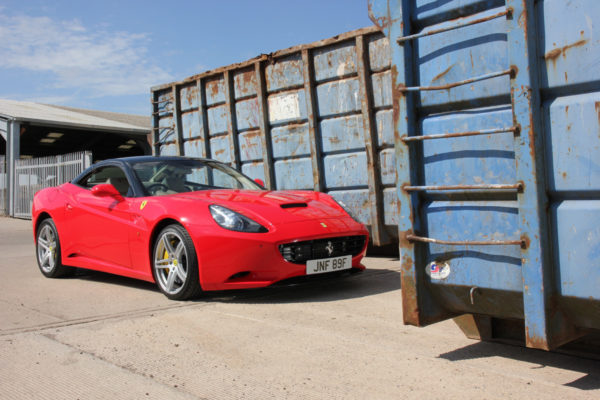
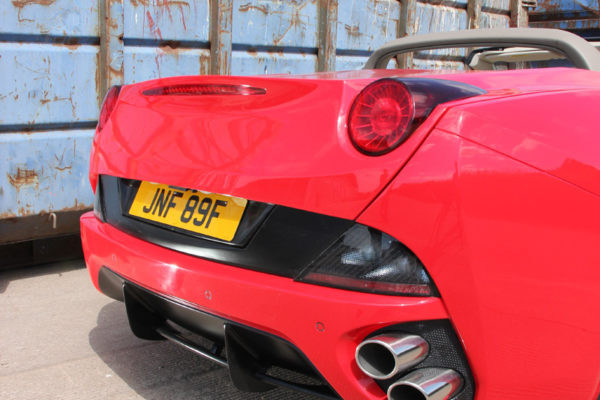
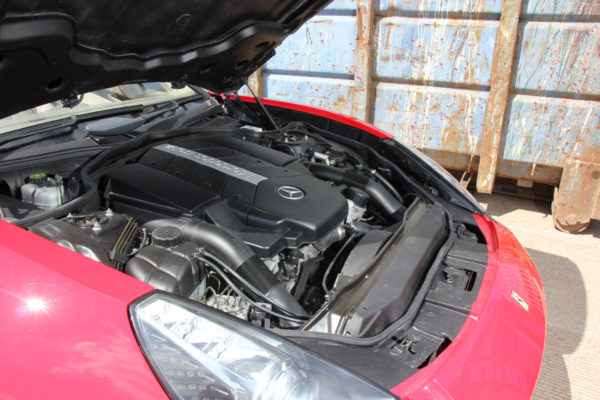
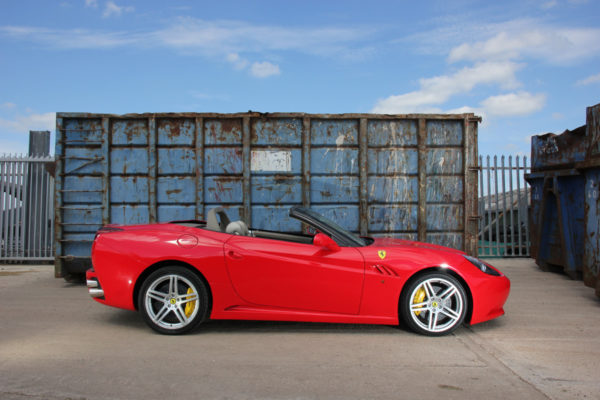
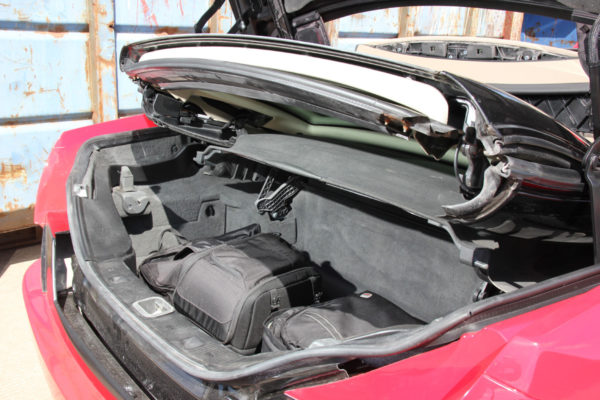
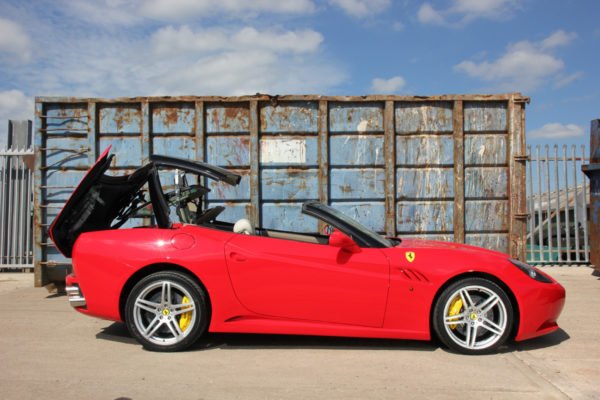
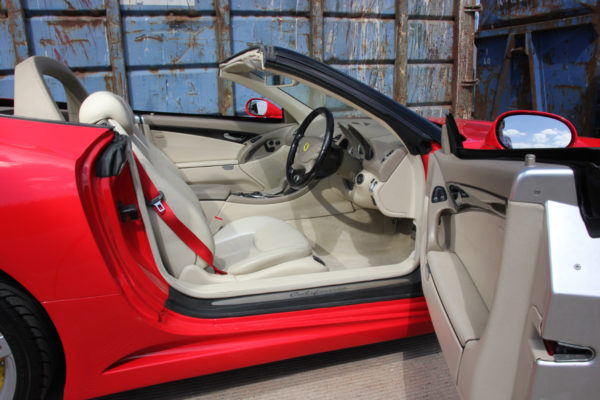




Comments for: Continental Breeding
comments powered by Disqus